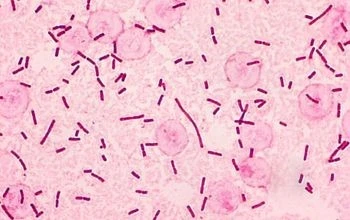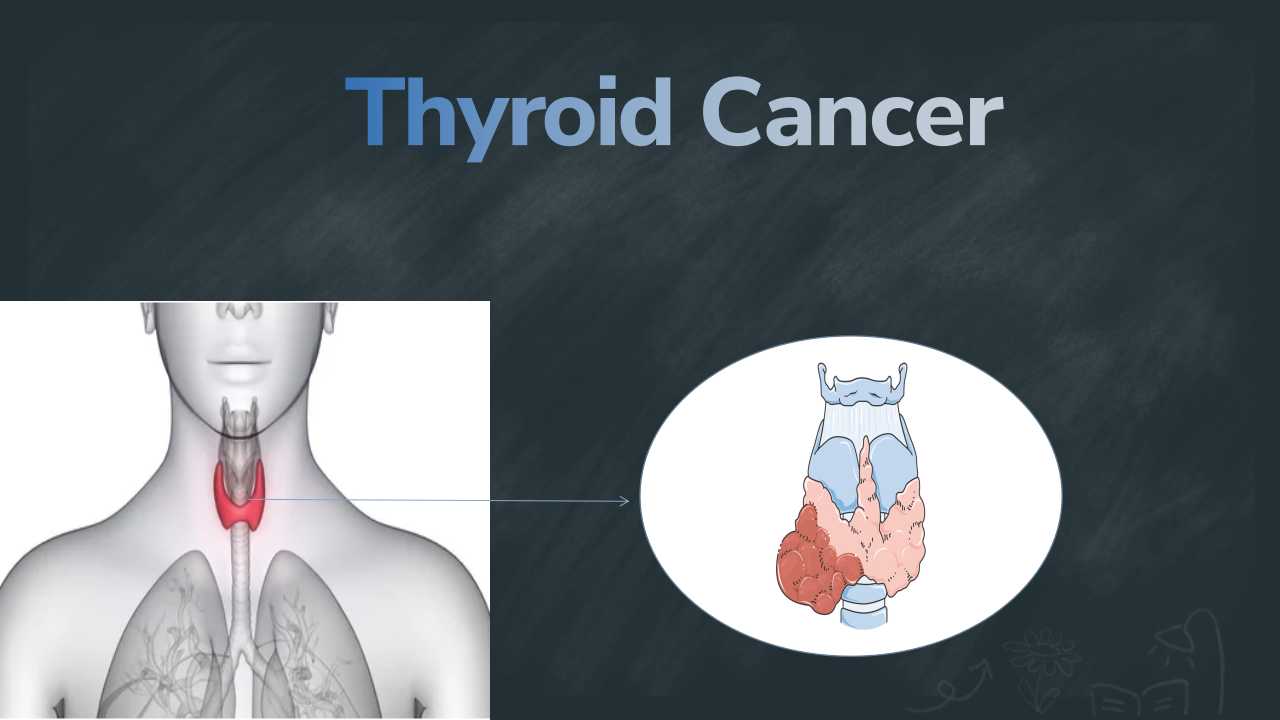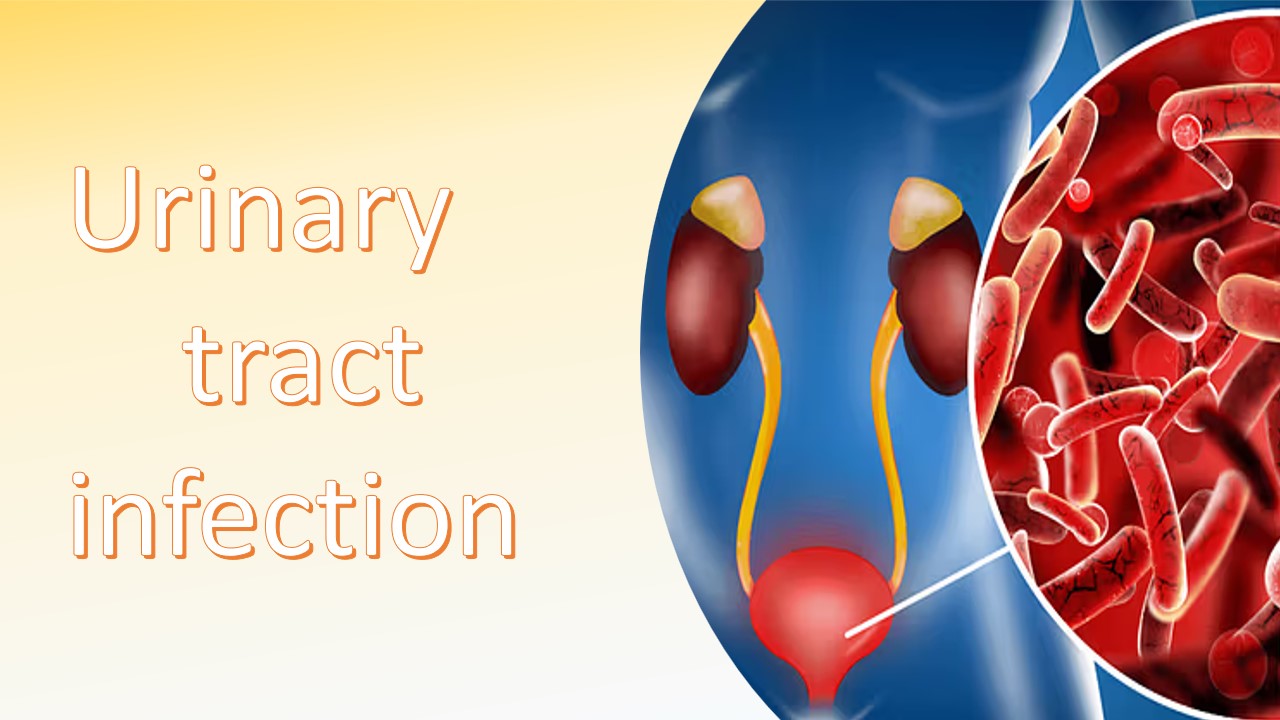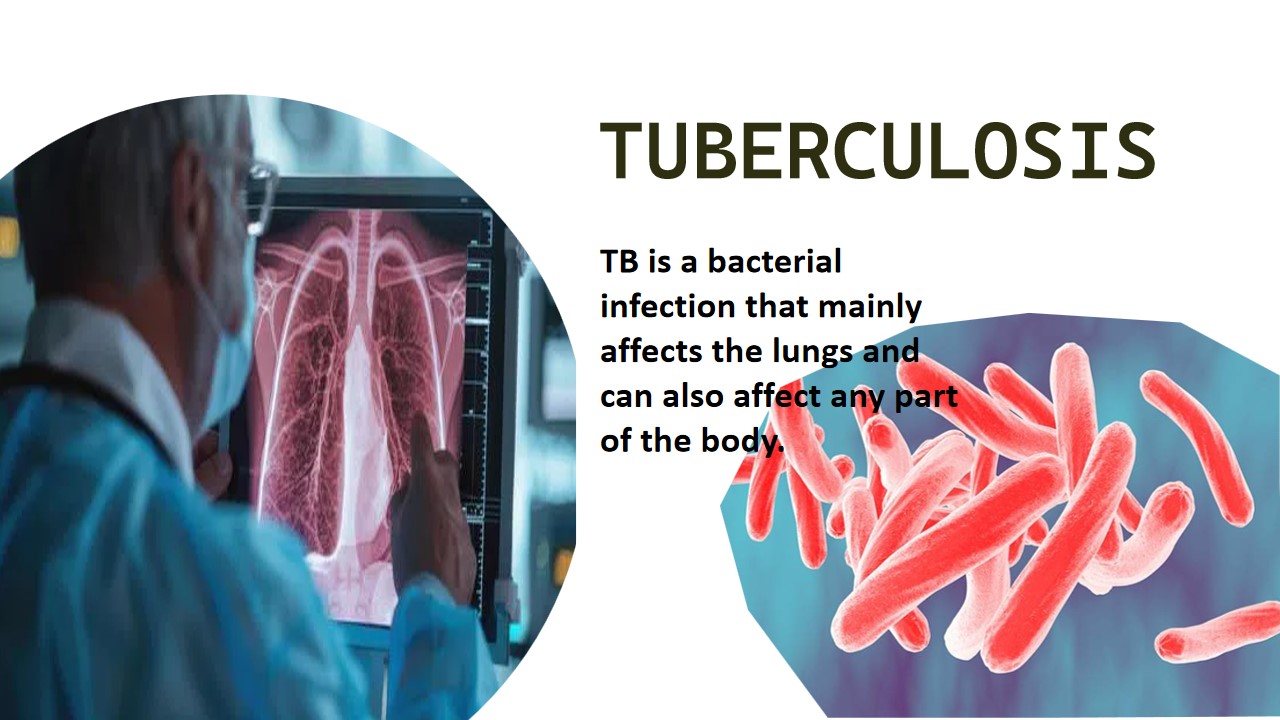
Typhoid fever
Salmonella Typhi (S. Typhi) is the bacteria that causes typhoid fever. S. Typhi is a rod shaped, aerobic bacteria that moves through flagella. Along with other symptoms, it attacks the small intestines, or gut, and results in a high temperature. Enteric fever is another name for typhoid fever. Typhoid and paratyphoid fever are both similar. Paratyphoid fever with milder symptoms than typhoid. Salmonella Paratyphi (S. Paratyphi) is the cause of paratyphoid. Salmonella bacteria are not the same as S. Typhi and S. Paratyphi, which cause salmonellosis, a common form of food poisoning.
The majority of typhoid fever cases occur in underdeveloped countries and rural areas, where there is poor sanitation. When food or water contaminated with feces is consumed, the infection is spread. Improper hygiene could introduce S. Typhi into the community's water or food sources. In places with high infection rates and insufficient hygienic practices, waterborne transmission of S. Typhi is more common than food transmission. Food that has been contaminated during preparation by improper handling of food.The bacteria may travel from poop to food via flies. The gastrointestinal system is the entry point for the organism into the body, while lymphatic routes allow it to reach the bloodstream. It takes a lot of S. Typhi make the stomach a more acidic. Sometimes the severity of infection is increased and causes ulceration, hemorrhage issues.
Symptoms
- Headache
- Chills
- Loss of appetite
- Stomach (abdominal) pain
- Rose spots or rash, or faint pink spots, usually on your chest or stomach
- Cough
- Muscle aches
- Nausea, vomiting
- Diarrhea or constipation
Causes/Risk factors
- Salmonella Typhi bacterium
- Contaminated Food and Water
- Fecal-Oral Route
- Poor Sanitation
- Travel to Endemic AreasPoor Personal Hygiene
Diagnosis
Microscopy of Bacteria
Microscopy can also be used to examine stool samples for the presence of S. Typhi bacteria. Take a little portion of the stool on the glass slide, make a smear and apply the specific stain(Gram staining technique). Gram staining technique can aid in the rapid identification of the causative microorganism and also help to characterization among the organism.

Salmonella typhi under Microscope
Reference:
1.https://en.wikipedia.org/wiki/Typhoid_fever
2.https://wwwnc.cdc.gov/travel/diseases/typhoid




0 comments